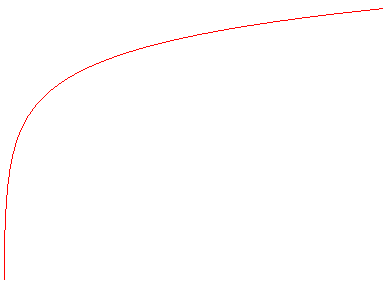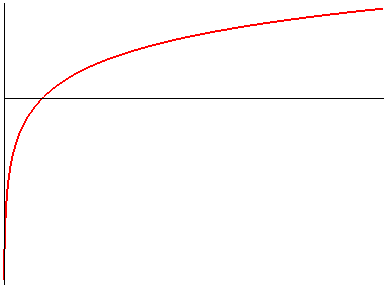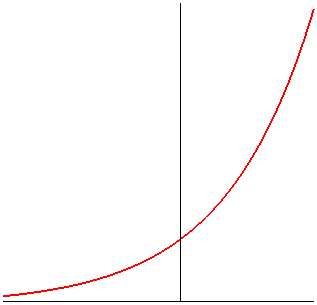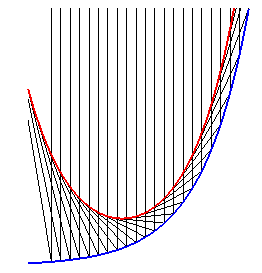LOGARITHMIC CURVE

| next curve | previous curve | 2D curves | 3D curves | surfaces | fractals | polyhedra |
LOGARITHMIC CURVE

| Other name: exponential curve. |
| Logarithmic version:
Cartesian equation: Transcendental curve. In the case where a = b: Curvilinear abscissa starting from the point with abscissa a: The Cartesian tangential angle is defined by Radius of curvature: |
 |
| Exponential version:
Cartesian equation: Transcendental curve. In the case a = b: Curvilinear abscissa starting from the point with zero abscissa: The Cartesian tangential angle is defined by Radius of curvature: |
 |
The logarithmic curve is the plot of the logarithmic function (and also that of the exponential function) or its image by a dilatation.
NSC: curve with constant sub-tangent.
The logarithmic curve is also characterized by the fact that translating it along its asymptote is equivalent to scaling it perpendicularly to this asymptote.

Translation equivalent to a scaling in one direction |

In the case where a = b, its caustic by reflection for rays perpendicular to its asymptote is the catenary.
|
| The logarithmic curve is the profile a tower (i.e. a solid of revolution) must have in order for the pressure applied on any horizontal section by the upper section to be constant. |  |
 |
See also the involute of an exponential, the
ballistic curve, the catenary, and the tractrix.
| next curve | previous curve | 2D curves | 3D curves | surfaces | fractals | polyhedra |
© Robert FERRÉOL
2017